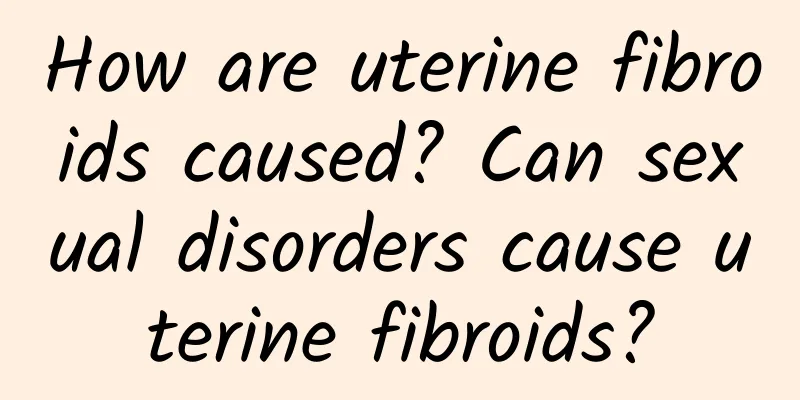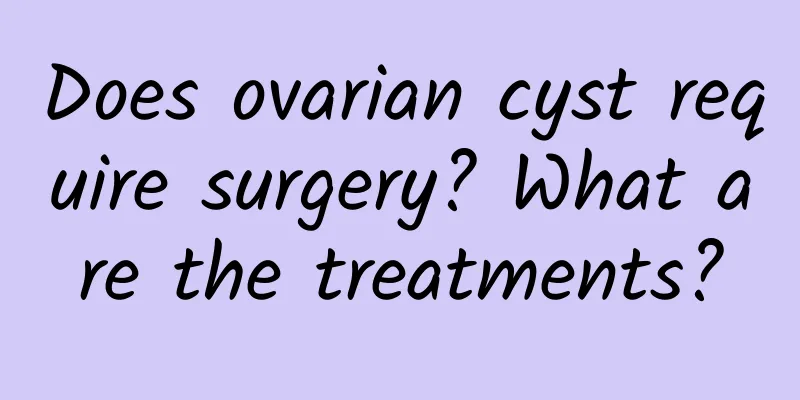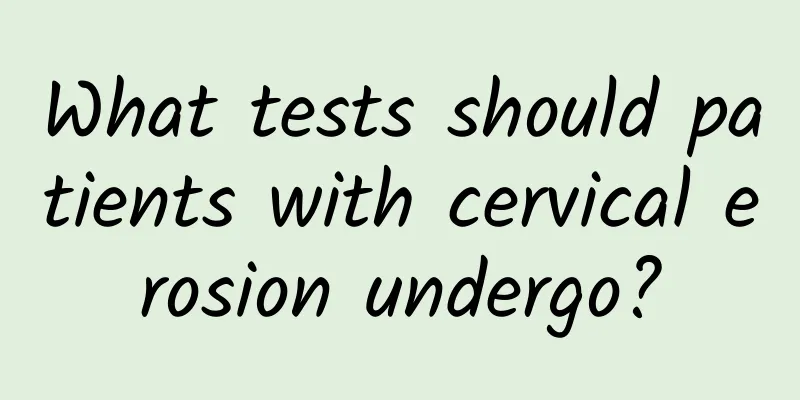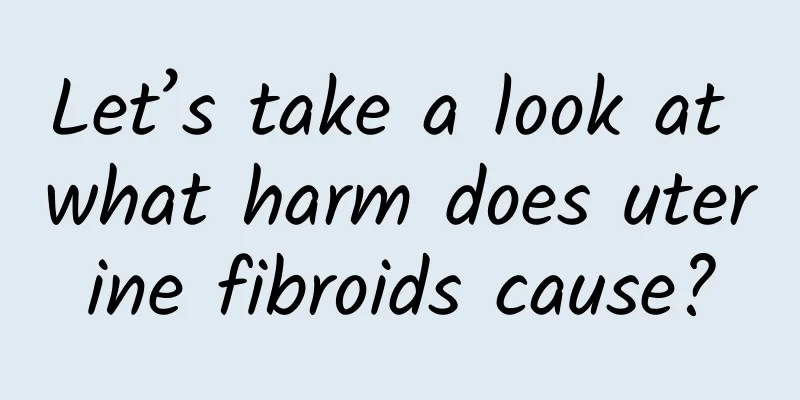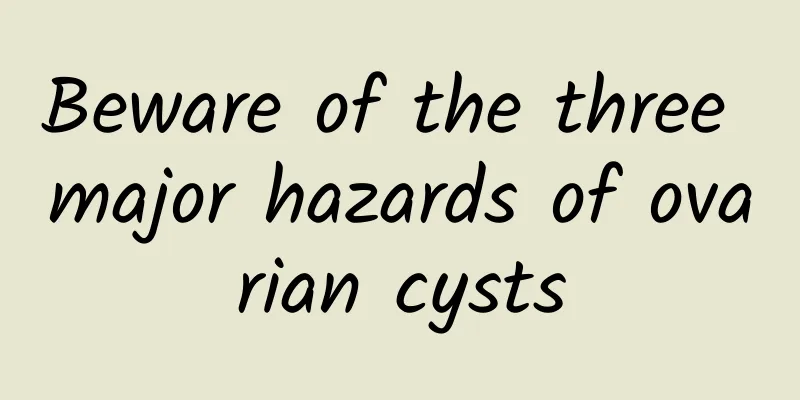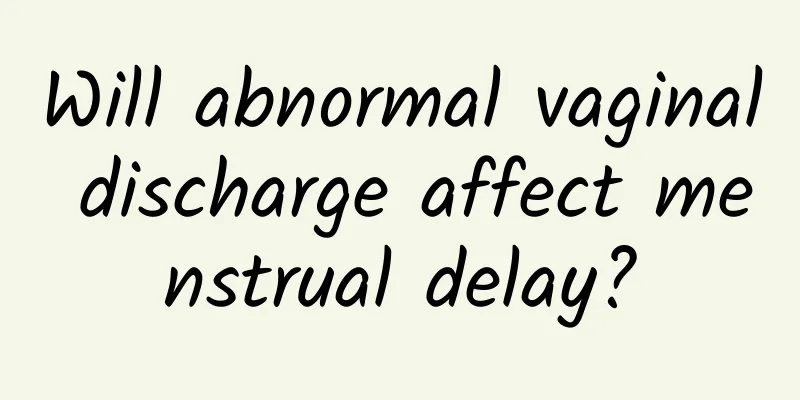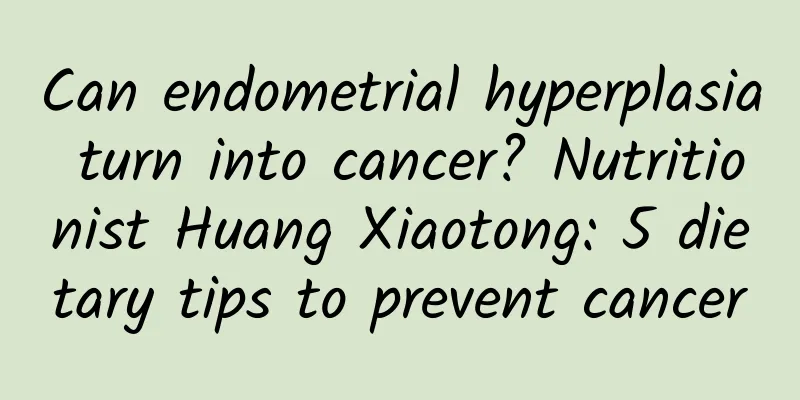What should I do if I have multiple uterine fibroids? Are there obvious symptoms of multiple uterine fibroids?
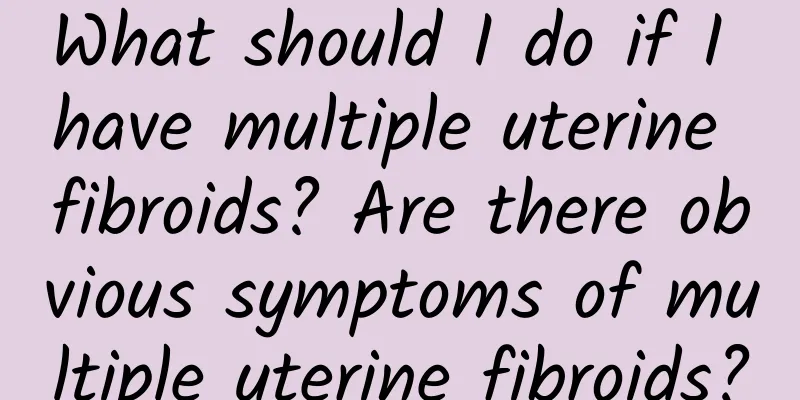
|
Uterine fibroids are one of the common genital diseases in women of childbearing age. They are benign tumors that occur frequently between the ages of 35 and 50. According to statistics, about 20% of patients have multiple uterine fibroids. The same type of fibroids can occur simultaneously in the same uterus, which is called multiple uterine fibroids. Mild uterine fibroids have no obvious symptoms and are often seen in gynecological examinations. Many clinical cases do not require special treatment, and the uterine fibroids of some patients will automatically disappear with the end of menstruation. What are the symptoms of multiple uterine fibroids? Clinically, patients have obvious menstrual changes, such as shortened cycle, increased menstrual volume, prolonged menstruation, irregular vaginal bleeding, etc.; increased leucorrhea, or the production of a large amount of pus and slough tissue; the growth of fibroids compresses the surrounding tissues, leading to frequent urination, dysuria, urinary retention, constipation or lower limb edema; no abdominal pain, but symptoms such as lower abdominal swelling and back pain; it can also lead to infertility and secondary anemia. How to treat multiple uterine fibroids? Non-surgical treatment first refers to drug treatment, but it is only suitable for women who are going through menopause quickly, because these drugs tend to suppress estrogen and can indeed shrink fibroids, but discontinuation of the drug can easily lead to recurrence. In addition, the treatment of multiple uterine fibroids needs to be determined according to the specific morphology of the fibroids. Generally speaking, among multiple fibroids, if the largest diameter is less than 5cm, if there are frequent menstruation or menorrhagia, regular review and conservative treatment can be performed. However, if the largest tumor diameter is greater than 5cm and the symptoms are severe, surgery is required. Clinically, doctors generally recommend surgical resection for patients with severe conditions. But many patients are unwilling to undergo hysterectomy. However, clinically, recurrence after multiple uterine fibroid resection accounts for 30% and 4%, and most relapses after 5 years. Patients under 30 years old or with multiple fibroids are more likely to relapse, exceeding 50%. Therefore, "resection" does not solve the fundamental problem of multiple uterine fibroids. How to properly care for the postoperative period and regular follow-up are extremely important. Multiple uterine fibroids account for more than 40% of all uterine fibroids. If multiple uterine fibroids occur, a comprehensive assessment is required based on the patient's specific circumstances and wishes, followed by personalized treatment. |
>>: When do multiple uterine fibroids need treatment? Treatment of multiple uterine fibroids
Recommend
How do Chinese medicine practitioners treat uterine fibroids?
How does Traditional Chinese Medicine treat uteri...
What to do with chronic pelvic inflammatory disease
What to do with chronic pelvic inflammatory disea...
What are the dietary taboos for women with threatened miscarriage?
Presumably, many women want to know what dietary ...
There are many taboos during confinement. Mrs. Tang Zhizhong: secretly wash her hair and take a bath
In the past, there were many taboos for mothers d...
Abnormal vaginal discharge after abortion
Abnormal vaginal discharge after abortion may be ...
Losing weight actually causes constipation. Find out the 4 main culprits
After food enters the body, it will become a pure...
How to prevent cervicitis
Cervicitis is an inflammatory disease that occurs...
Experts introduce the dangers of uterine fibroids
What are the dangers of uterine fibroids? Experts...
Nursing for primary dysmenorrhea is the key
The main cause of dysmenorrhea is the obstruction...
What treatments do you know for ovarian cysts?
What treatments do you know about ovarian cysts? ...
A brief analysis of common precautions before checking cervical hypertrophy
In clinical practice, cervical hypertrophy examin...
Which is the best hospital for painless abortion in Hangzhou?
For postoperative patients, their bodies will be ...
Symptoms of acute pelvic inflammatory disease
Symptoms of acute pelvic inflammatory disease inc...
How big is an ovarian cyst that requires surgery?
How big does an ovarian cyst need to be for surge...
Mid-Autumn Festival barbecue vegetables and fruits into dishes "sauce" to eat healthily
Many businesses will launch barbecue ingredient c...
